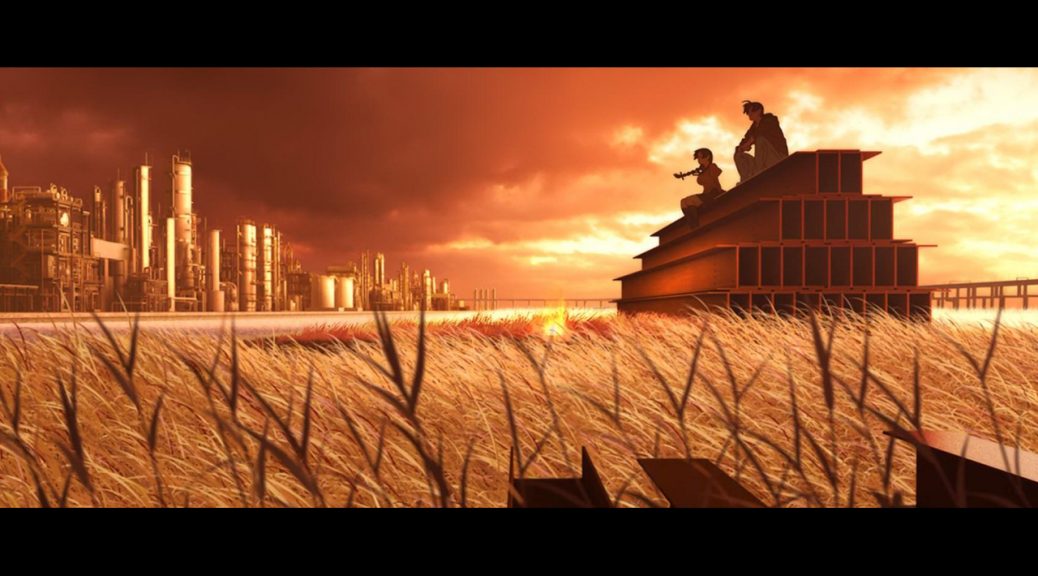
Kizumonogatari Staff Interview: VFX Supervisor Michiya Kato
Our next Kizumonogatari staff interview translation has VFX supervisor and eventual director of photographyPhotography (撮影, Satsuei): The marriage of elements produced by different departments into a finished picture, involving filtering to make it more harmonious. A name inherited from the past, when cameras were actually used during this process. Michiya Kato give an in-depth chronicle about its production: the deliberate aesthetic mismatch yet tremendously cohesive creative approach, and the nearly impossible amount of work behind it all.
Visual Effects and eventual Co-Director of PhotographyPhotography (撮影, Satsuei): The marriage of elements produced by different departments into a finished picture, involving filtering to make it more harmonious. A name inherited from the past, when cameras were actually used during this process.: Michiya Kato
Interview originally published within Kizumonogatari’s Complete Guidebook, which you can buy over here.
The director’s ambition, reflected in the large number of cuts
— How did you come to accept the offer to work on Kizumonogatari?
One day I met producer Takao Yukinaga, who wanted to know whether it was possible for an animated film to have CG backgrounds of similar quality to live-action movies. He explained that Tatsuya Oishi was directing Kizumonogatari and wanted all of the backgrounds to look like CG akin to live-action. We spent a long time discussing the current advances in the technology involved, as well as the domestic and foreign companies who were capable of the task. Who would have thought that the very next week I’d receive a stack of storyboards as thick as a phone book? (laughs) It turned out to be over 4000 cuts.
— When did this take place?
It must have been around summer 2014. At first we weren’t even sure whether it was going to be produced as a trilogy or not. As a result, they sent me the storyboards for all three parts as a single pile, which came as quite a shock. It was an absurd number of shots compared to your average movie, exceeding 4000 cuts in all. Yukinaga was also at a loss for what to do, since it would be even longer than Titanic if you put everything together. It was my first time being involved with such a large-scale project. Yukinaga and I started working out the details as to whether this was all actually possible. We were working under the assumption that we were going to move forward with this, asking questions such as how many members we could find for the CG team, or the number of artists at hand who could produce work at the quality we needed.
— So you were prepared to sign on to the project.
I was taken aback by the storyboards, which were far from the norm when it came to both the quality and the sheer amount. But what really stuck out to me was the sheer passion. Every page had a raw energy to it, different from the big, squeaky-clean productions that are so popular in recent memory. I did get the sense that there was a mismatch between the passionate animation and the cold, impersonal live-action CG, but I felt that was what made it interesting. So I ended up being the one asking to be part of the project.
— When you became involved with the project, what kind of discussions or meetings did you have?
I thought it’d be best to start from the ambitious storyboards and figure out what Oishi wanted to accomplish for the final work.
— Does that mean you met with Oishi in person?
A theatrical anime has a set budget with practically no room for waste, so you need to do careful planning based on the number of cuts. Looking at how much CG was needed, it was obvious that it would cost a pretty penny. After asking Oishi for his thoughts on the matter, we decided to go through the storyboards one cut at a time. Hopefully, this would get us a better idea of the end goal, and potentially cut down on the cost. As it turns out, Oishi’s high demands, in both what he wanted to accomplish as well as the number of cuts with which to do it, meant we spent over a month holding some very large meetings (laughs). Out of the 4000 cuts across all three parts, we ended up needing CG for more than 2000.
— Well, you could say that it’s a lot less than what you started with…
We needed more than 2000 cuts’ worth of CG. To put it another way, this would require the same amount of work as a single full CG movie. In order to devote the most effort to the climax of each film, we tried to evaluate every cut individually, and held meetings to figure out ways to curb the cost and labor.
On another note, the buildings that appear in the movies are based off of Kenzo Tange designs and therefore have real-life counterparts. However, Oishi’s request was that all the buildings should look like they were newly constructed. Making all of the structures look brand new meant that they would have to be modeled very realistically in order to look believable. I concluded that this would be impossible with a purely domestic workflow from a scheduling and workload perspective. We decided to enlist overseas help and solve the problem by sheer force of numbers in order to quickly and efficiently finish all of the modeling required.
— What makes newly-built structures so difficult?
It’s harder to fool viewers’ eyes. Adding blemishes makes it easier to make buildings look lived-in and realistic, but we had to make everything look new and pristine this time around, which means properly modeling all of the details. It’s a time-consuming process, on top of what is already a massive undertaking. To further enhance the photorealism of the 3D space, we rendered everything with global illumination (a.k.a. GI) to simulate the reflections between surfaces, using a renderer called V-ray. This meant we were constantly rendering (i.e. outputting 3DCG footage) extremely heavy scenes throughout the production process. In order to make this work with the anime production workflow, we created simulations to figure out all of the steps we needed and in what order, which took about 2 months by itself (laughs).
— It sounds like you spent a lot of time in the preparation phase before starting working on the actual films.
When it comes to CG, I think that the most important step is the planning that happens in pre-production. This is the golden rule of CG, and yet the folks in Japanese anime production, with its short production timelines, usually have a hard time understanding it. For Kizumonogatari, we worked closely alongside the producers and everyone else on the production side, so it was the first time I felt that everyone understood the importance of the planning step. It proved to me just how determined the team was and how serious they were about the work.
Also, we established a compositing team separate from the 3DCG team. Our two CG directors were Shinya Takano from Shaft and Tomohisa Shitara from Cyclone Graphics. As visual effects supervisor, I was in charge of pre-production, as well as supervision for the final composite, which comes after the CG work. The compositing step adds finishing touches to the 3D space such as the lighting or the ambiance of the footage. This went a long way toward fulfilling Oishi’s vision, as someone who looks for such subtleties in his work.
— In trying to understand his vision, did you ever find yourself taking on more work?
I sure did (laughs). In fact, it felt like the more I worked on it, the more things would come up that I had to devote my utmost attention to… But I think when it comes to making a movie, there’s no greater joy as a creator than to work under a director and see their vision through to its fullest. As a result, I earned Oishi’s trust and ended up having higher expectations thrust upon me for the CG work (laughs). Eventually, he’d slip past the CG line producer to sneak letters in my desk…
— Letters?
Oishi didn’t want the producer, who manages the budget and schedule, to get wind of certain requests; he would send me these secret messages that read “I know we agreed on this during the meeting, but I actually want you to do it like this.” (laughs) Also, he would come to meetings and I would see him whispering to the CG producer, only to later find out that the modeling work needed had secretly increased, even though it had already been in danger of not finishing (laughs). It turned into a game of deception for the sake of making better work. As it turns out, devoting yourself to a single work for so long means you become more and more immersed over time, and we found ourselves all hyped up as we continued our work.
Creating a workplace where 2D and 3D can coexist
— You mentioned previously that you had enlisted foreign help.
We needed to complete a tremendous amount of modeling work in a short amount of time to make effective use of our limited time and budget. To that end, we had little choice but to turn to help from outside Japan for 3D models. After some searching, we decided to work with a studio in Shanghai specializing in creating 3D models for foreign game companies. This was because of their high level of craft developed in the game industry, as well as their experience with project management and inspection of deliverables. We were worried that they might not be able to take the offer because they already had active contracts with a lot of other game companies. But as luck would have it, when our coordinator sent an inquiry, it turned out that their CEO was a fan of Bakemonogatari, and our talks proceeded smoothly after we told them it was for Oishi’s new anime (laughs).
Domestically, we would be drastically short of hand with just Cyclone Graphics, so we worked with several other capable CG production companies. The top talent at each company volunteered themselves for a chance to work on Kizumonogatari, which I was very grateful for. I think everyone came out of their own will to help because it was an Oishi work. Even so, the amount of total production cost allocated to the CG budget was very high compared to the average anime. That’s how I could tell that Shaft’s commitment to Kizumonogatari as a studio was not a half-hearted one.
— Do you yourself have a strong love for movies?
I love getting to work on films. I would say that it’s the ultimate form of artistic expression, faced with purely the visuals and audio in the dark theater. There’s nothing that makes me feel luckier to be in my line of work than getting to see the movies that I’ve worked on as a visual effects supervisor or compositing director up on the big screen.
— Was there anything you thought was unique to Kizumonogatari when compared to working on other titles?
What might stand out is the realism or the elaborateness of it all, but we actually took the most care to establish CG backgrounds as a part of 2D animation. A lot of anime up until now have followed the trend of separating the analog (i.e. 2D animation) from the digital (i.e. CG) due to their disparate natures, not only on the screen but down to the workflow and production level. This has always been a point of personal contention, since you lose a sense of unity in the workplace, which affects staff motivation.
For Kizumonogatari, I proposed a special workflow and system where the director, unit directors, 2D animators, and CG designers cooperate, although it took time to get others on board with the idea. We were able to bring traditional 2D layout staff, part directors, 2D animators, and CG designers together in one room to work out the details until everyone was satisfied. Of course this places a great burden on the producers and production assistants, since they act as intermediaries, but they stepped up to meet the challenge and successfully persuaded and led the parties involved to work together.
The second point is that we composited pre-visualizations straight from the CG, to show to the director before the animation stage. If we had to create traditionally drawn animatics, it would take a very long time to gather everything needed to go from there to the final visuals. With this method, we had completed images to show at the layout stage, so it was easier to get consensus from all staff involved. Of course, we were able to get everything ready in time because of Oishi’s clear vision. As the visual effects supervisor, I was really impressed by the CG staff, who achieved such high quality in such large quantities through their tireless efforts and love for the series.
— Any particular anecdotes, be it memorable moments or troublesome ones, come to mind from your time working on the film?
I’m deeply indebted to everyone who worked on the 3DCG side. That includes the main CG directors Takano and Shitara, CG line producer Tomomi Yoshino, and the countless number of folks on the 3DCG and compositing teams. Takano in particular was able to quietly carry out all of Oishi’s unreasonable orders. Seeing him take on a load that I thought was physically impossible, I thought he must have increased performance on all the computers through sheer willpower (laughs). Shitara was a stickler for quality, and was constantly running a CPU with more than 100 cores by himself. His efforts played a huge part in bringing our reckless plans to life. As the schedule kept crumbling under the onslaught of heavy tasks, Yoshino kept her cool and used her calm judgment to miraculously bring the production to the finish line on time. While it was a grueling time, there was still a sense of joy from the unity as everyone worked toward the same goal.
— There must have been times where computer performance caused problems as well.
We used a renderer called V-ray, which calculated the lighting in real time as we matched our CG to the 2D layoutsLayouts (レイアウト): The drawings where animation is actually born; they expand the usually simple visual ideas from the storyboard into the actual skeleton of animation, detailing both the work of the key animator and the background artists.. This required a large number of CPU cores, and a single operation uses the processing power from tens of computers. There were times where the voltage was too low so we swapped out the cables, or when we kept the fire extinguisher at our side because we were afraid of a fire starting from the heat (laughs). I imagine none of this happens in Hollywood, but these were the risks and challenges we faced trying to do this for a Japanese anime production. However, computers are only continuing to get faster over time, and I think this served as a good test case for how the production process might change in the future.
— Finally, if you could give us your thoughts as the Kizumonogatari trilogy wraps up.
It’s been two and a half years of constant work on all three parts, with no room to breathe in between. There were times when it felt painful, infuriating, or hopeless. But seeing the completed movies is enough to wash all of that away and leave me feeling refreshed. Kizumonogatari is just that special of a project for me. I’ve had the opportunity to work on several theatrical projects in the past, but Kizumonogatari is the first where I truly felt that everyone was working together as one. I think that must be thanks to everyone’s passion for the project, as well as the fact that it was Oishi at the helm… I’ve got to say though, Oishi as a director just might be a little too beloved by everyone (laughs).
I honestly believe that my dream going forward will be getting the chance to work on another team like this one. It was the highest form of film production: an effort where you’re constantly aiming for something greater, instead of being satisfied with the bare minimum or the middle of the road. I am truly thankful to all of the staff members who worked on Kizumonogatari, as well as the CG team and everyone who made it possible.
Support us on Patreon to help us reach our new goal to sustain the animation archive at Sakugabooru, SakugaSakuga (作画): Technically drawing pictures but more specifically animation. Western fans have long since appropriated the word to refer to instances of particularly good animation, in the same way that a subset of Japanese fans do. Pretty integral to our sites' brand. Video on Youtube, as well as this SakugaSakuga (作画): Technically drawing pictures but more specifically animation. Western fans have long since appropriated the word to refer to instances of particularly good animation, in the same way that a subset of Japanese fans do. Pretty integral to our sites' brand. Blog. Thanks to everyone who’s helped out so far!
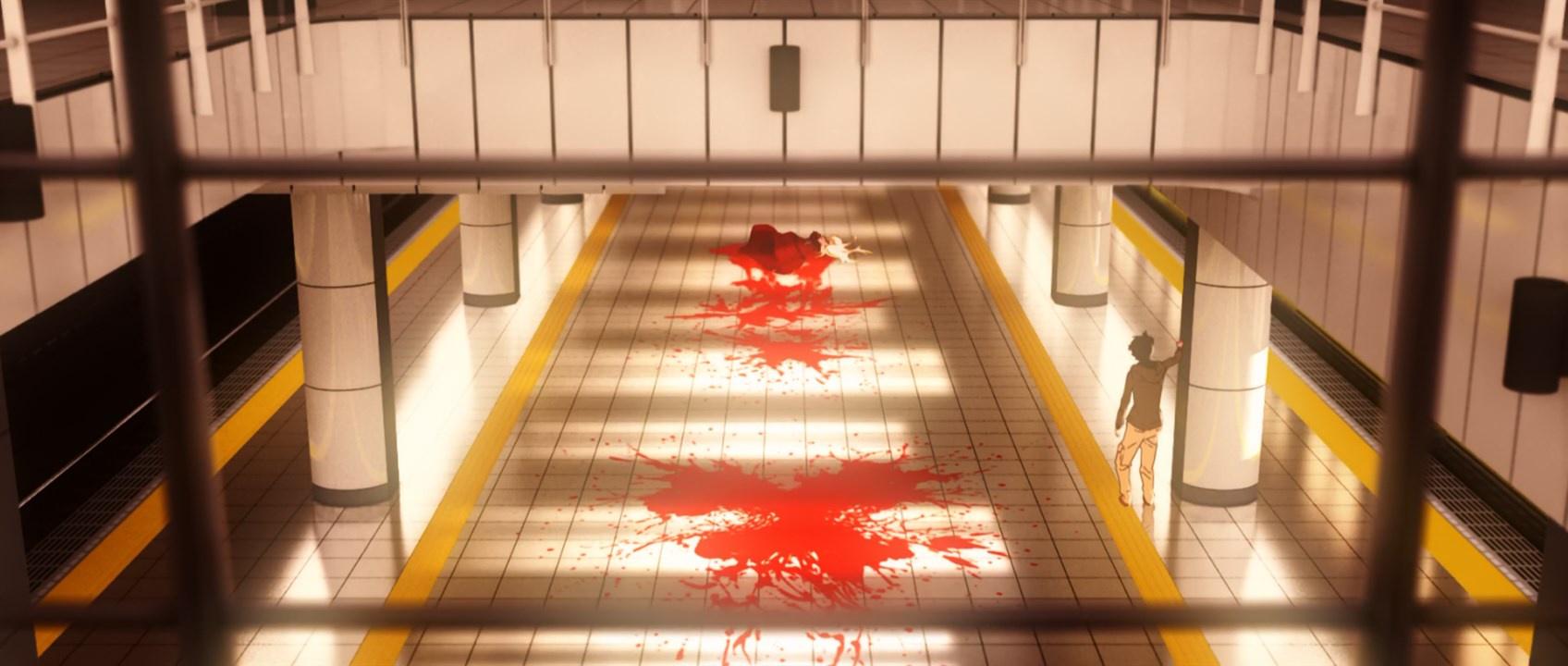
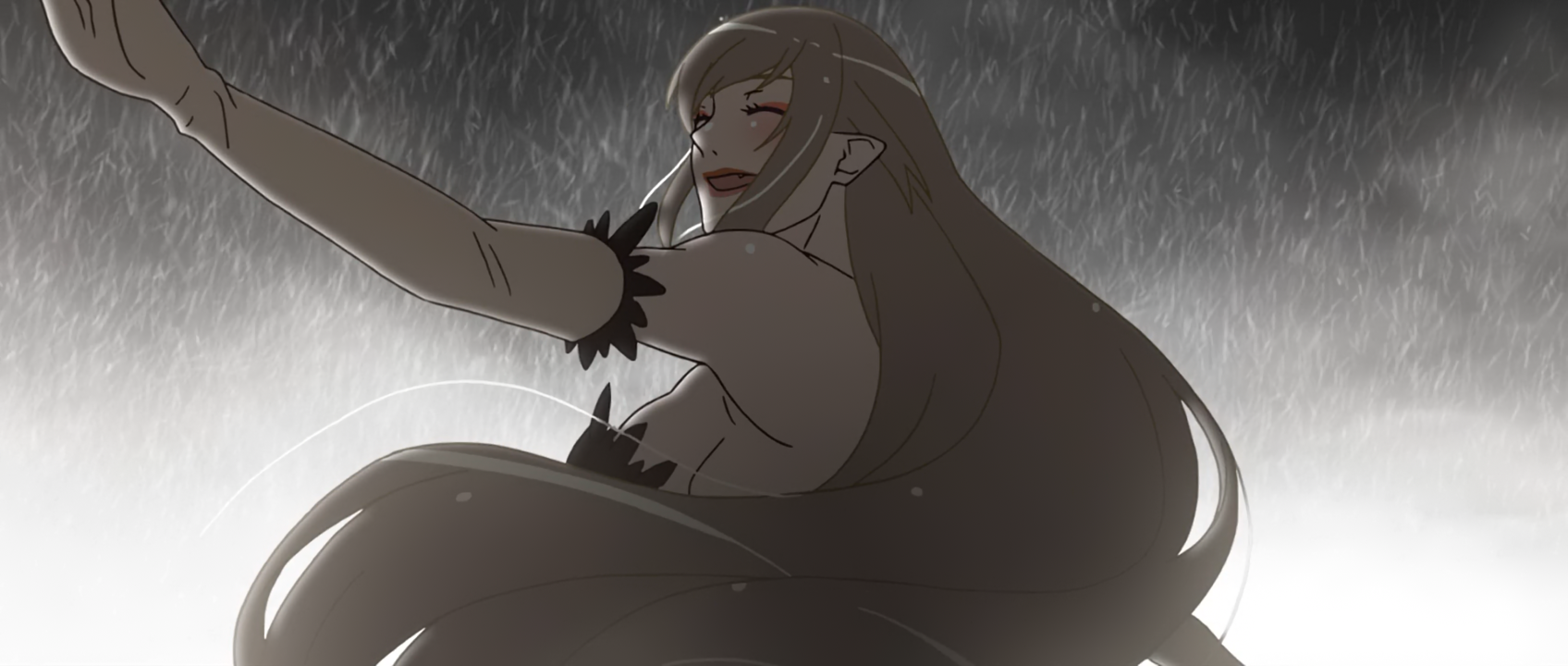
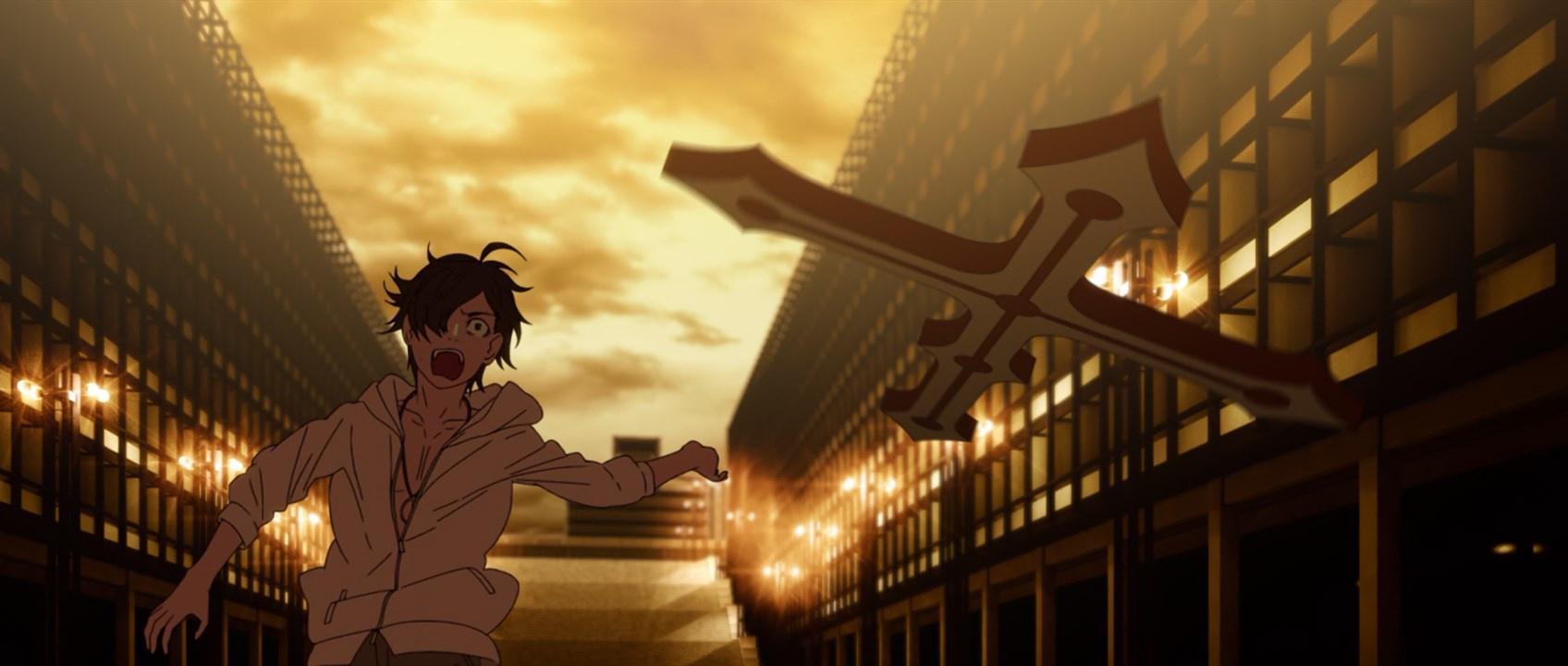
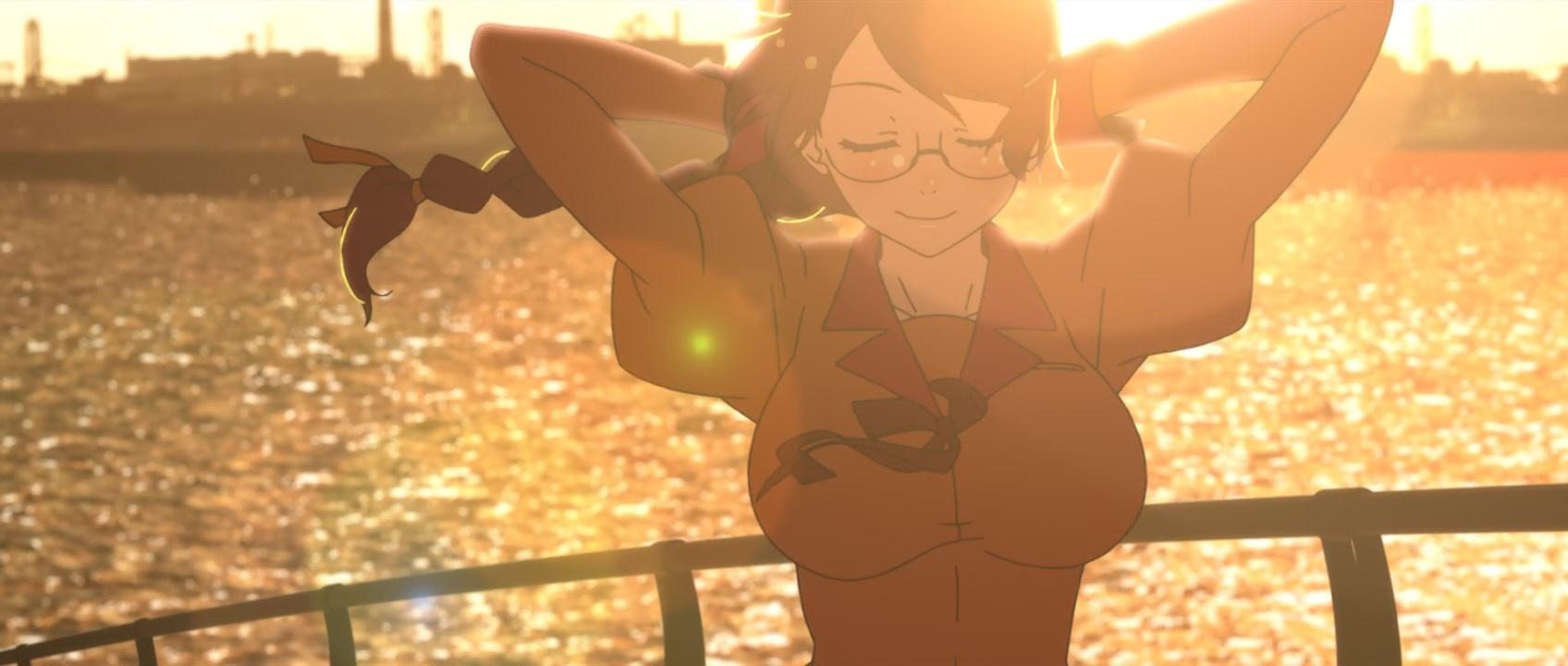
Thank you for the translation, such an interesting and insightful interview (that also made me worry about Kizu’s carbon footprint)!
Man I want more monogatari series :/
Ah fuck good thing is that intel got quite powerful processors back then in 2014